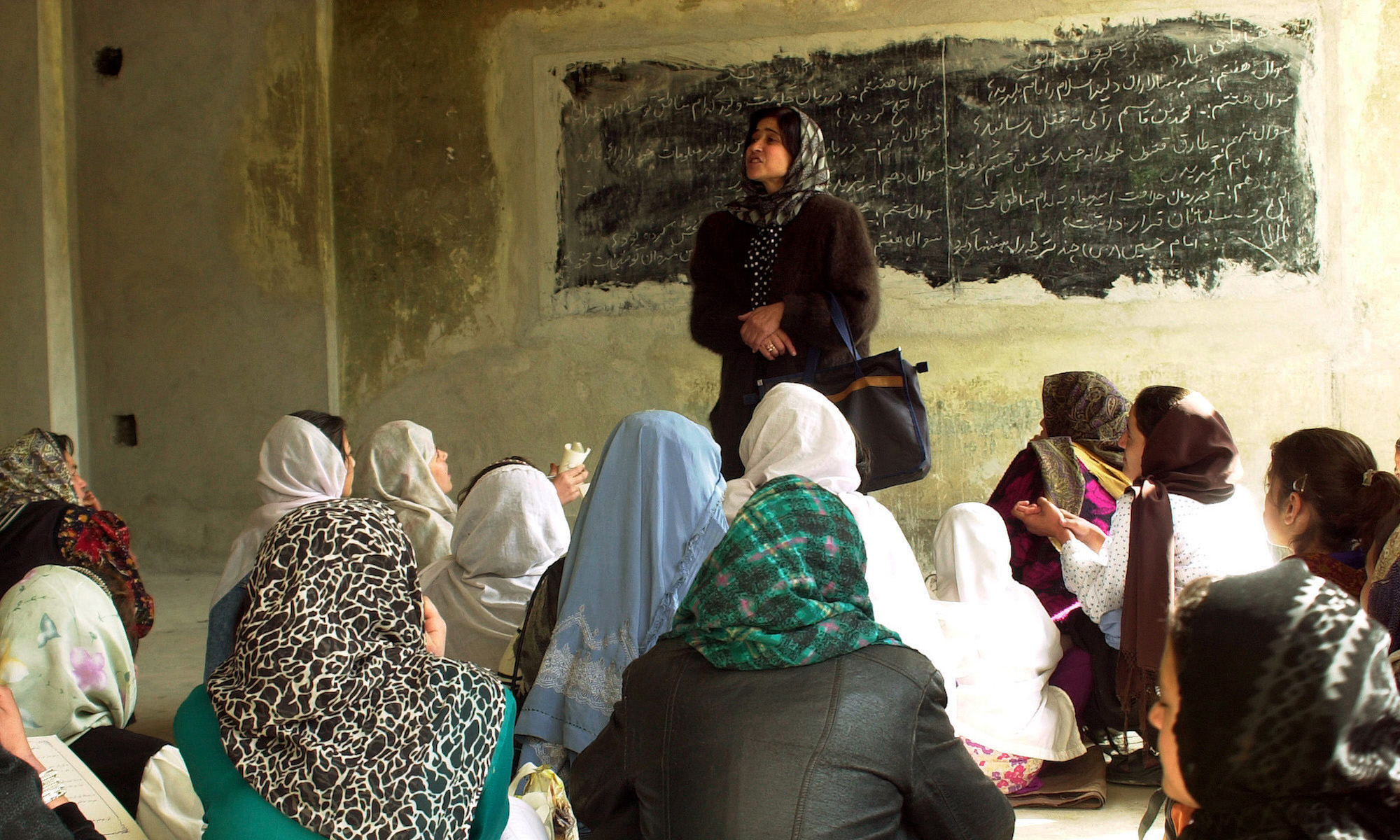From the start of 1990 to the end of 1999 there were 118 armed conflicts world wide, involving 80 states and two para-state regions and resulting in the death of approximately six million people. If we seek to prevent conflict from escalating into armed warfare, or, failing that, to at least achieve an end to fighting as soon as possible, and if we want to maximise the opportunity for avoiding the return of the war after apparent settlement, we must first be sure that we properly understand armed conflicts and their causes. This chapter attempts to provide a brief overview of what is known and understood about the causes of armed conflict. The theoretical basis of that knowledge is both limited and important. It is limited, in that it does not offer much by way of general explanation of the phenomenon of armed conflict; this is, perhaps, hardly surprising, given its complexity and diversity. It is also important because it provides valuable guidance as to where to look when analysing individual conflicts for signs of potential escalation and when seeking opportunities for preventing violent escalation. The chapter begins by discussing the incidence and nature of armed conflicts during the 1990s. It then reviews the current state of theoretical knowledge with the aim of providing not only an overview but also a source of further reference, before proceeding to methodology. The article then identifies the paired concepts of justice and mobilisation as the best way to link different types and levels of causes, to connect the short-term with the long-term and to relate the socio-economic background with the political foreground. It illustrates this by looking more closely at the category referred to as ethnic conflict.

INSCT Postconflict Research Database
The Institute for National Security and Counterterrorism's Postconflict Research Database & Analysis Project stores cross-indexed bibliographic information on hundreds of journal articles, books, book chapters, and case reports that address the broad, interdisciplinary fields of postconflict reconstruction, stabilization, and peacebuilding.
2 Replies to “Trends and Causes of Armed Conflict”
Comments are closed.